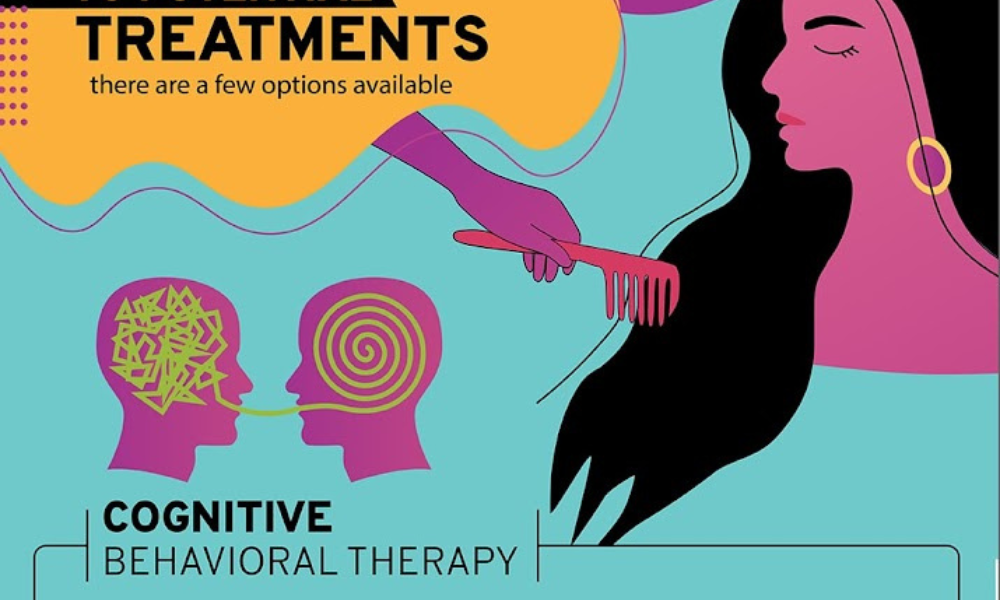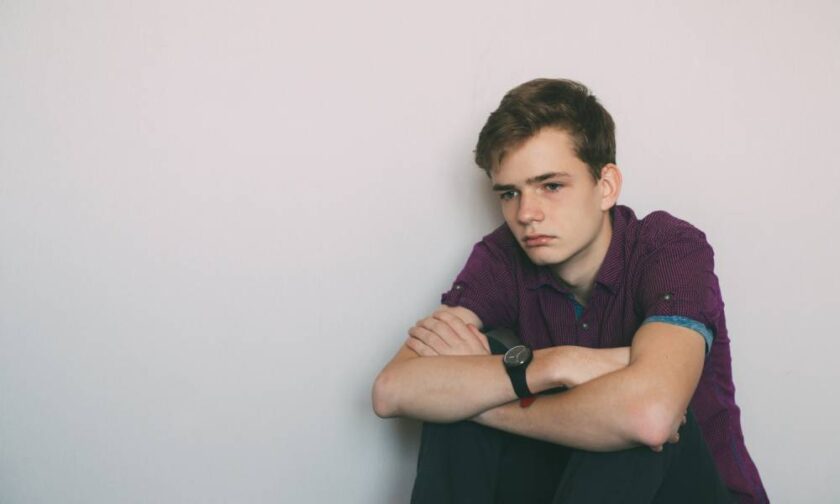
Trichotillomania Treatment
Trichotillomania is a behavioral disorder in which someone compulsively pulls their hair out. It affects people of all ages and genders.
Treatment for trichotillomania is similar to other mental health disorders like obsessive-compulsive disorder (OCD). Cognitive Behavioral Therapy, Habit Reversal Training, and Medication are common treatment options. Other types of psychotherapy, such as acceptance and commitment therapy (ACT) or dialectical behavior therapy (DBT), may also be used in conjunction with these behavioral interventions.
Cognitive Behavioral Therapy
Cognitive behavioral therapy is one of the most effective treatment methods for trichotillomania. It focuses on changing your thinking habits to help you change your hair pulling behavior.
During CBT, you will learn to differentiate between hair-pulling behavior and hair-pulling disorder. This will help you set goals with your therapist.
It also involves addressing your feelings about your hair-pulling behavior. Your therapist can help you learn ways to change your thoughts so that they no longer make you feel anxious or ashamed.
Your therapist can also teach you skills to cope with stressful situations, including problem-solving and self-monitoring.
Cognitive behavioral therapy is a very effective treatment for trichotillomania, but it is important to find a therapist you trust and stick with them. This is the best way to get the most out of your sessions and notice positive changes quickly.
Habit Reversal Training
Habit reversal training is a behavior therapy that focuses on reducing the frequency of repetitive behaviors, such as tics and nervous habits. It can be helpful for people who have Tourette’s syndrome, obsessive compulsive disorder or other conditions that cause unwanted habits to form.
The treatment involves awareness training, stimulus control and competing response training. These techniques can be effective in helping patients learn to reduce their tics and nervous habits, such as hair pulling, skin picking and nail biting.
During the first phase of treatment, therapists teach clients to become aware of when they are engaging in a habit or tic. They then work with their clients to practice this awareness in different situations and in different settings outside of the therapy sessions.
This type of therapy also teaches clients to replace their habit with an opposite behavior, known as a “competing response”. It’s important for clients to practice this competing response in the situations that trigger their habits so they can learn to use it when they are not in therapy.
Medication
Trichotillomania is one of the body focused repetitive behaviors (BFRBs) — a group of obsessive-compulsive and related conditions that include onychophagia (compulsive nail biting), dermatillomania (compulsive skin picking) and rhinotillexomania (compulsive nose picking).
People with trichotillomania often find themselves in situations where they can’t stop pulling their hair. This can lead to significant distress and impairment.
Medication can be a helpful treatment for some people. However, it is important to remember that medications aren’t a cure for trichotillomania.
Selective serotonin reuptake inhibitors, or SSRIs, can help improve symptoms of anxiety and depression that can co-occur with trichotillomania. SSRIs can also reduce the urge to pull your hair.
N-acetylcysteine, an amino acid found in low amounts in your body, is another over-the-counter medication that can help with trichotillomania. It can help by increasing the amount of L-cysteine your brain receives.
Naltrexone, an opioid antagonist, can also be useful for trichotillomania. It is approved to treat alcohol dependence, and it can help by reducing the urge to pull your hair or skin pick.
Support Groups
Support Groups offer a safe and supportive place for individuals with trichotillomania to share their experiences and find out more about treatment options. This may help those who have a difficult time coping with this disorder on their own, and it may also make them more willing to seek professional treatment.
There are several types of support groups available for those suffering from trichotillomania and other related disorders, including skin picking disorder and body dysmorphic disorder. They may be face to face or online and offer an inexpensive way for people to learn more about treatment options.
Some of the more common treatment options for trichotillomania include Cognitive Behavioral Therapy, habit reversal training and medication. A combination of these treatments often works best.
In addition to these treatments, individuals with trichotillomania can take steps to minimize their triggers and avoid hair pulling in certain situations. This can be especially helpful if a person has a co-occurring anxiety or depression condition.
ion condition.






